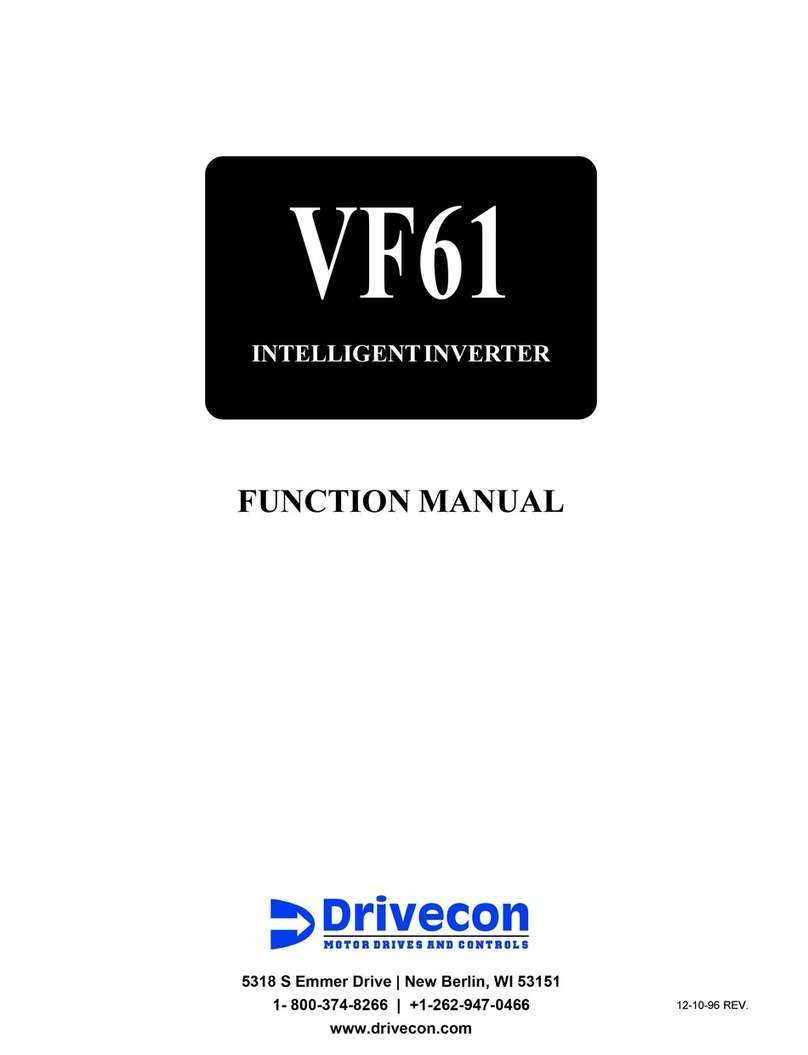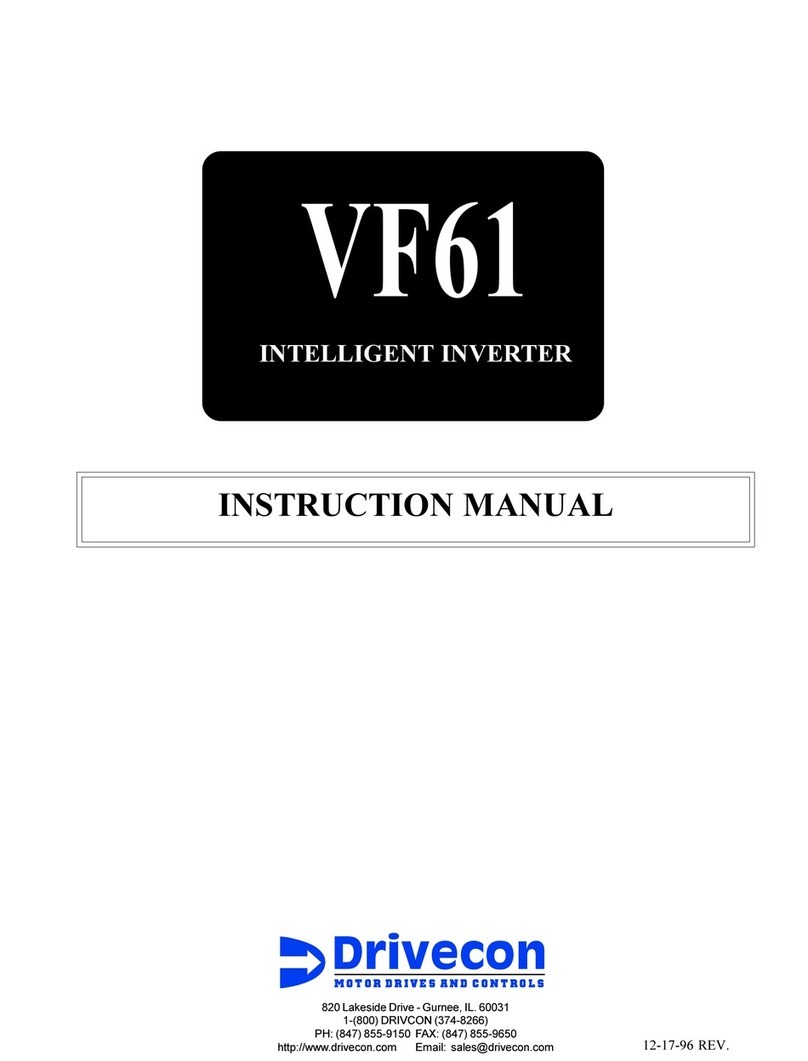
Service Manual
rev 5.0 with software Ind1V022
EN DOCPPA30100-0 - 111111 PS05501 Rev:8.10.2004
Read the instructions supplied with the hoist before installation and commissioning.
Keep the instructions in a safe place for future reference.
Table of content
1GENERAL....................................................... 4 3.4 Brake controllers ..................................... 24
3.4.1 REC12 ...........................................................24
1.1 Technical data ........................................... 4
3.4.2 ESD141........................................................24
1.2 Type mark coding...................................... 5
4PARAMETER ADJUSTMENTS ................... 26
1.3 Basic description ....................................... 5
4.1 The display panel.................................... 26
1.4 Main components ...................................... 6
4.1.1 Navigation on the control keypad ..........27
1.5 Functional description ............................... 6
4.1.2 Value line editing............................................27
1.6 Control methods ........................................ 7
4.2 Storing and restoring parameters............. 28
1.6.1 Description of the control methods..........8
4.2.1 User parameters ............................................28
1.7 Mechanical brake control.......................... 8 4.2.2 Default parameters ........................................28
1.8 EMC ........................................................... 9 4.2.3 Keypad settings .............................................28
2INSTALLATION ............................................ 11 4.2.4 Factory settings..............................................28
2.1 Cubicles .................................................... 11 5PARAMETER DESCRIPTIONS ................... 29
2.2 Braking resistor......................................... 11 6FACTORY DEFAULT PARAMETERS......... 35
2.3 Power cabling .......................................... 11 6.1 Factory default parameters for 100Hz
motors................................................................ 35
2.3.1 Shielded motor cable................................11
2.3.2 Double collectors .......................................11 6.2 Factory default parameters for 120Hz
motors................................................................ 37
2.3.3 Cable selection...........................................11
2.3.4 Cable protection.........................................12 7SPEED SUPERVISION SETTINGS ............. 39
2.3.5 Cable length................................................13 7.1 Standard settings.................................... 40
7.1.1 Settings for sensor bearing............................40
2.3.6 Du/dt filters ..................................................13
7.1.2 Settings for pulse wheel speed sensor or
encoder (24 ppr) .........................................................40
2.4 Signal cabling ........................................... 13
2.4.1 Shielded signal cable................................13
7.2 Functional test run for SSU .................... 41
2.4.2 Reference signals......................................13 7.3 Settings for non-standard cases .............. 41
2.4.3 Sensor bearing...........................................13 8START-UP PROCEDURE............................ 43
2.4.4 Encoder........................................................14 8.1 Visual checks .......................................... 43
2.5 EMC compatible grounding .................... 14 8.2 Checks before the first test run .............. 43
2.5.1 Construction connections ........................14 8.3 Test run without load .............................. 44
2.5.2 Cable connections.....................................14 8.3.1 Functional test run for SSU .....................44
2.5.3 Shielded control cables............................14 8.4 Test run with load.................................... 44
3COMPONENTS............................................. 15 8.5 Test run with overload ............................ 44
3.1 Inverter ..................................................... 15 8.6 After the test run ..................................... 44
3.1.1 Power supply unit (PSU)..........................16 9TROUBLESHOOTING ................................. 46
3.1.2 Control unit (CSU) .....................................17 9.1 Field repair actions ................................. 46
3.1.3 Basic I/O board (Slot A) ...........................18 9.2 Typical functional problems.................... 46
3.1.4 Relay / Thermistor board (Slot B) ..........18 9.3 Inverter fault codes ................................. 47
3.1.5 SSU Speed Supervision board (Slot C)18 9.3.1 Fault time data record...............................50
3.1.6 I/O Extension board (Slot D)...................19 9.3.2 Fault Counter..............................................50
3.2 Control voltage transformer .................... 19 9.4 Inverter Alarm codes............................... 52
3.3 Speed sensors......................................... 19 10 INVERTER TROUBLESHOOTING TABLE . 53
3.3.1 Sensor bearing...........................................19 11 SERVICE ...................................................... 54
3.3.2 Encoder........................................................21 12 SPARE PARTS LIST FOR HOISTING
INVERTER ........................................................ 55
3.3.3 Proximity switch .........................................22
3.3.4 Buffer amplifier KAE234...........................23 13 DRAWINGS.................................................. 57
2/58
Drivecon Inc. reserves the right to alter or amend the above information without notice.





























